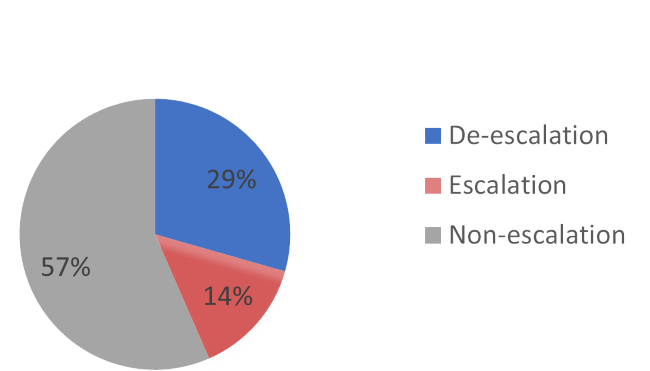Civilian Agency in Post-Accord Societies: Colombia
The Colombian armed conflict has been ongoing since 1964, between ideologically Marxist and leftist guerrillas such as the Armed Revolutionary Forces of Colombia (FARC), the National Liberation Army (ELN), and the M-19 with the Colombian state forces over issues of land, governance, and human rights. The conflict also involved right-wing self-defense and paramilitary groups, as well as a myriad of criminal actors involved in illicit economies, particularly production and trafficking of cocaine. The 1990 peace agreement with the M19 and the 2016 peace agreement with the FARC ended two major phases of the conflict. The agreements demobilised thousands of combatants and saw attempts to redress the victimisation and displacement of millions of civilians. However, ongoing violence continues to pervade everyday life with dissident actors and remaining armed groups still battling over territorial control as well as violent interventions by state forces military that continue to negatively impact civilians.

Figure 1: Strategies reported in interviews in Colombia Figure 2. Intended impact of strategies reported in interviews in Colombia
Figure 2. Intended impact of strategies reported in interviews in Colombia
Key Findings
- Very low indicators of aggressive behaviour by civilians (Figure 1).
- Collaboration is high but often civilians are forced to comply with the explicit or implicit threat of force rather than contribute their collaboration voluntarily.
- Civilians also engage in more negotiating when confronted with problems, particularly with armed actors (legal and illegal).
- Continued high rates of crime and violence means that civilians in conflict-affected sectors face significant stigmatisation from
outsiders. - Armed group control creates fragmented geographies that limit civilian mobility in urban areas, particularly for young men.
- Community leaders and peace entrepreneurs take initiative to offer alternatives to young people to avoid recruitment, often at great personal peril.
- Community leaders also most likely to end up negotiating with armed groups, increasing their vulnerability and exposure to reprisals.
